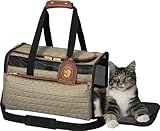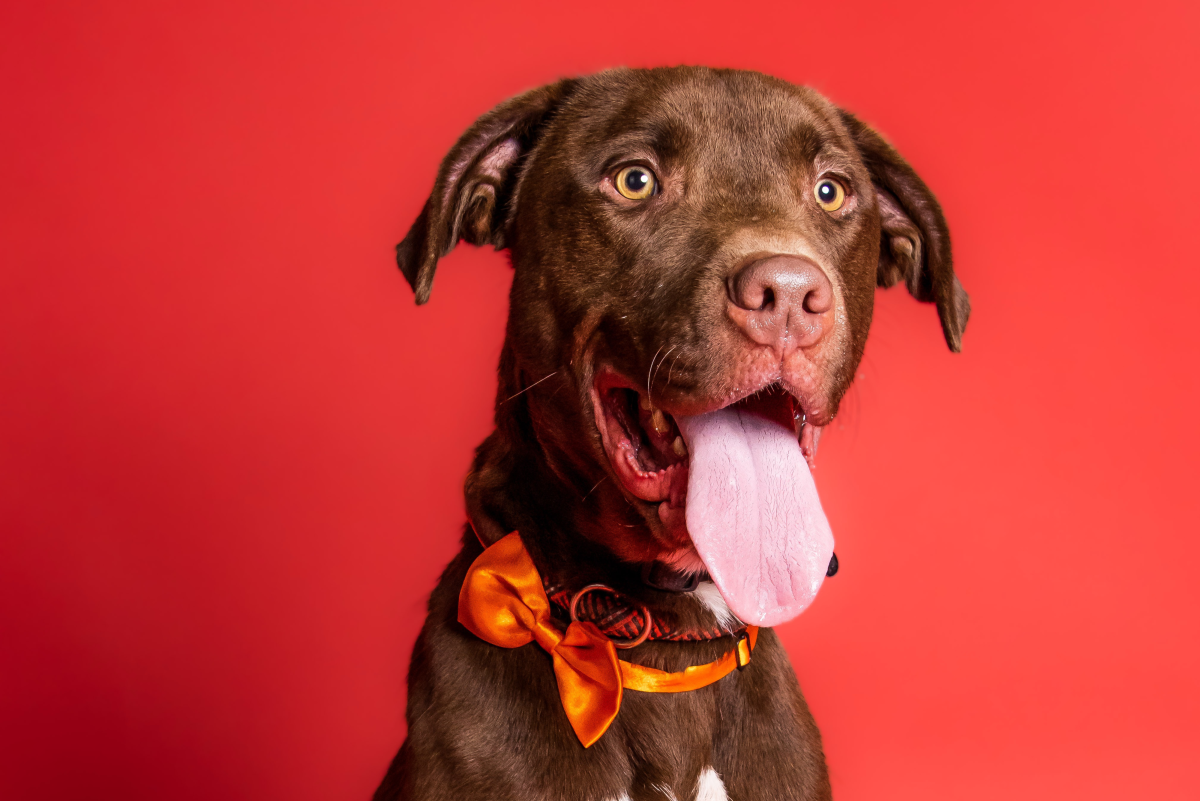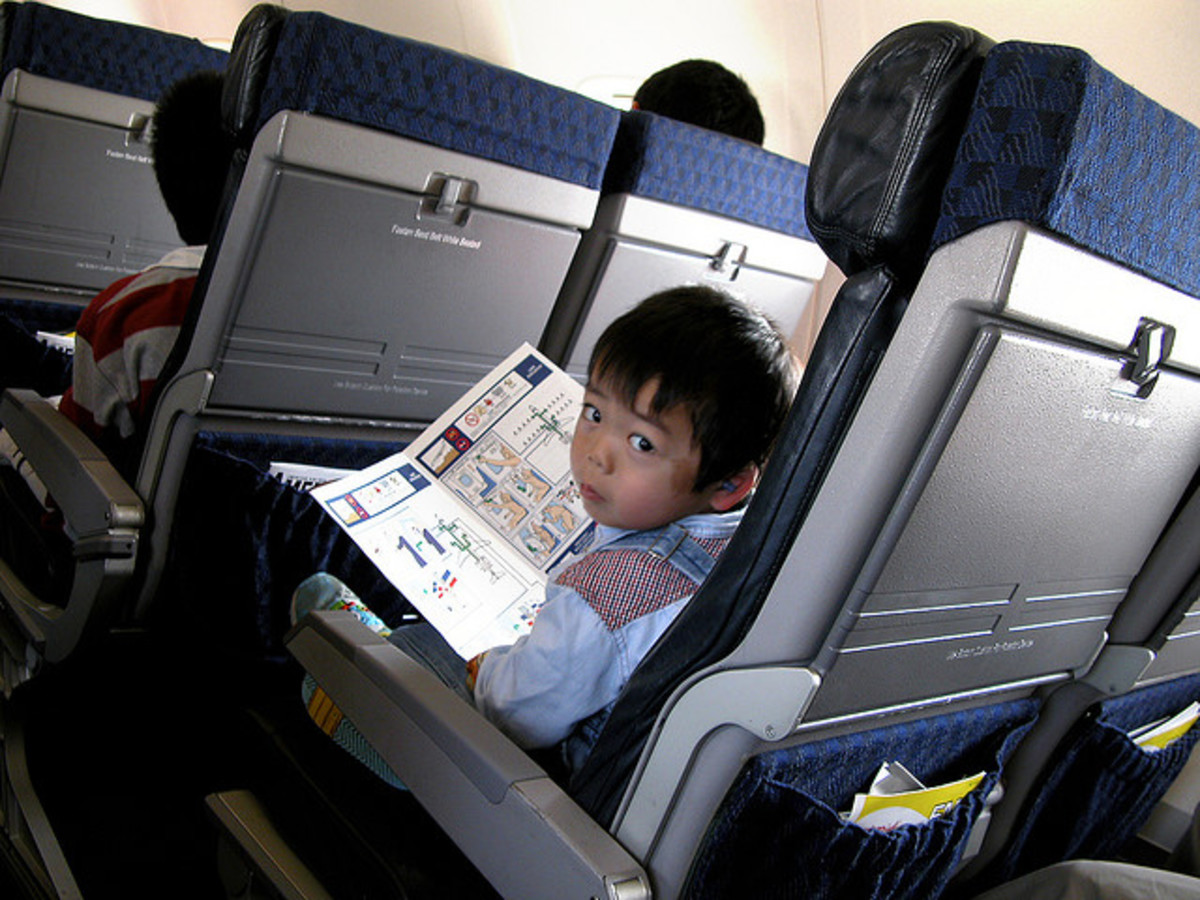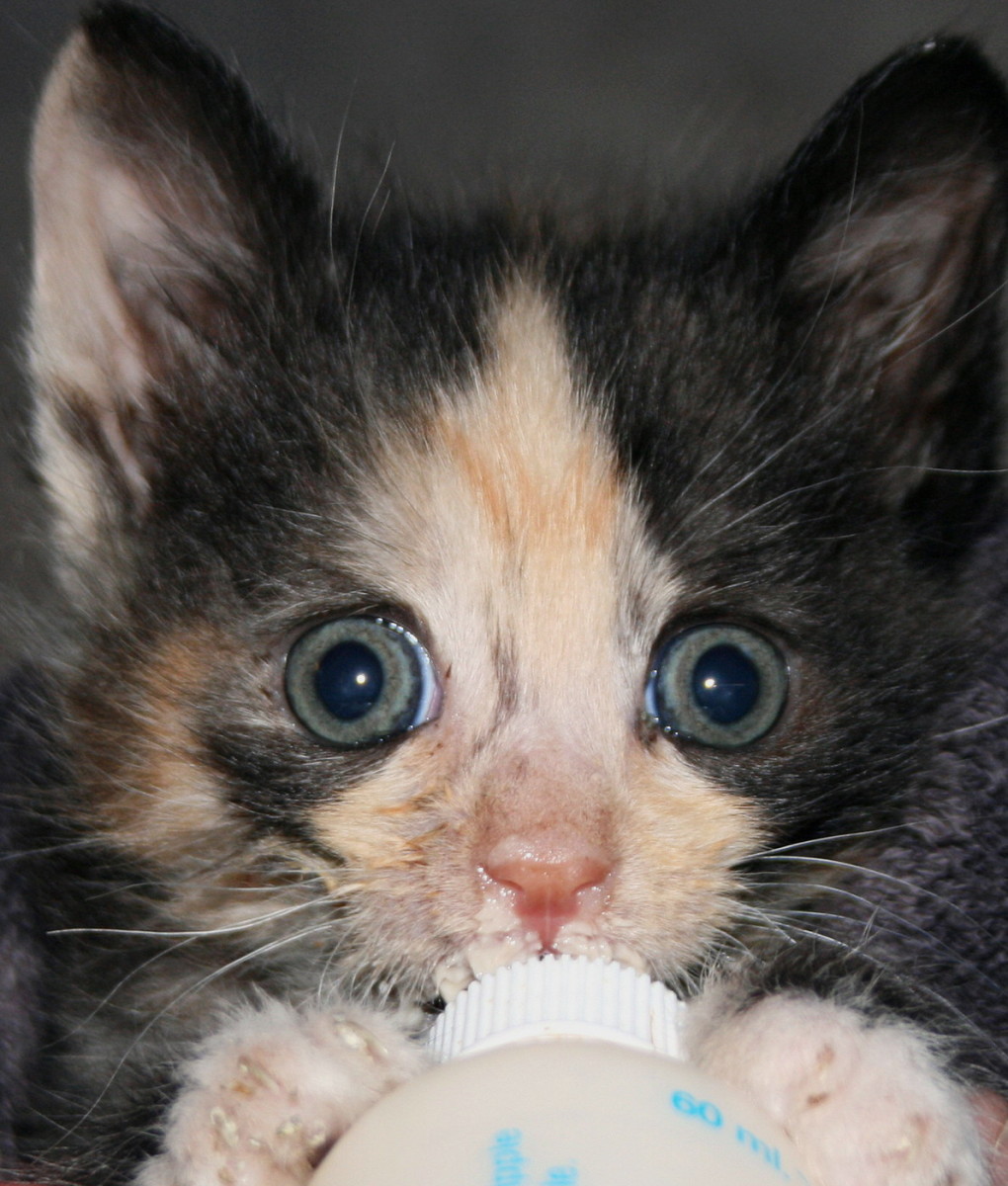Tips for Traveling with Your Pet on an Airplane

Each year countless owners opt to bring their furry friends along on a plane flight rather than leaving them at the boarding kennel or at home in company of a pet sitter. While this practice may seem complicated for those debating on whether they should embark on this sort of adventure, seasoned travelers may attest that this often turns out to be the best option, especially when dealing with canine friends.
The real secret for a smooth flight along with Fluffy or Fido is early planning. Nothing is really worse than dealing with unexpected problems such as missing out on important vaccinations or purchasing the wrong sized crate. Being prepared in advance will ensure that owners have met all the requirements and that they may relax knowing that their pet will be safe. Following are some important tips for traveling with pets on an airplane.
Tips for Traveling with Pets on an Airplane
~Cabin or Hold?
There are some flights that allow pets to travel comfortably in the cabin along with the owner. Of course, this applies only to the smallest pets such as cats or small dogs. Most airlines allow pets in the hold, which is the belly of the plane where usually luggage is stored but these are special compartments that are temperature controlled and pressurized.
~Call the Carrier
The best place to start to gather information, once a decision has been made as to where the pet will travel, is to call the carrier directly. Each carrier has different requirements when it comes to crate sizes and embargo rules. This is also a good place to call in order to find out about how recent health certificates must be and which vaccinations are required.
~Check IATA
IATA stands for International Air Transport Association. Their website may offer many tips about purchasing the right crates and many other important general guidelines. Good carriers meant for flying are sturdy and will be compliant with IATA's requirements.
~Keep the Crate Handy
For pets that have never been crated before and that are traveling for the first time, keeping the crate in the home may be a great way to get the pet accustomed to it. By placing a comfortable blanket in the crate with the door open and adding a few toys, dogs and cats may find the crate an inviting place to snooze. Once the crate becomes familiar and absorbs all the familiar smells, it will be better accepted for travel day.
~Have Records Ready
There are different requirements depending on the state or country the pet will be traveling to and the airplane carrier. Some require a pet health certificate not older than 10 days while others may need one not older than 30 days. Vaccination certificates must be up to date. Very early planning, (several months in advance) is required if the destination place has a quarantine. Some countries may require a microchip.
~Avoid Sedation
Sedating a nervous pet may seem like something that a vet would recommend however this is not a plausible option at 36,000 feet. The reasons why sedation is not recommended is because sedation makes pets drowsy and wobbly making the pet prone to being bumped around in the crate should turbulence arise and also because at several thousands of feet, sedatives may have adverse effects on pets.
~Check the Weather
If you are traveling in the summer or in the winter, some airlines may have embargo rules. What this means is that if the departing city or the destination city is affected by temperature extremes, for safety sake, they may deny your pet on the flight. This often particularly applies to snub nosed breeds such as Pekingese dogs or Persian cats traveling in the hottest months in the hold. The worse times to travel are therefore when there are heat waves or rigid winter extremes.
~Skip the Meal
The day of departure, if the flight is brief, skipping a meal may help the pet travel better if he or she is prone to motion sickness or excessive stress. The principle is that nothing in the stomach should make it more difficult for the pet to vomit. However, if the flight will be of several hours, airline personnel will want paper work filled stating that the pet was recently fed and offered water.
~Check in Early
There are some airlines that offer spots for pets on a first come first serve basis. It is imperative therefore to check in early to reserve the spot. Also an early check in will buy some extra time in case there is need to make some adjustments. For instance, a last minute trip to purchase a crate at the airport in case the one bought is not accepted or a potty trip outside before departing.
As more and more airlines become pet friendly, more and more owners are beginning to recognize the importance of bringing their pets along. However, early planning is the golden rule for a safe and uneventful trip, so it is really never too early to do some research and get everything figured out so to prevent those last minutes worries.
Great options for cabin travel ( check with carrier for approval)









